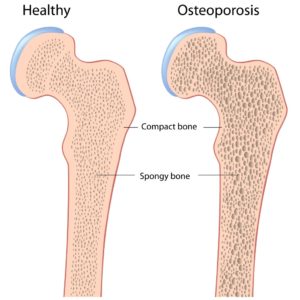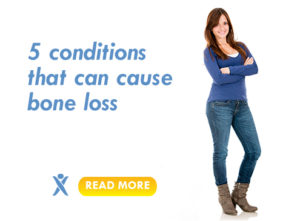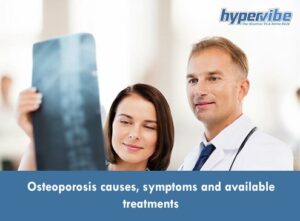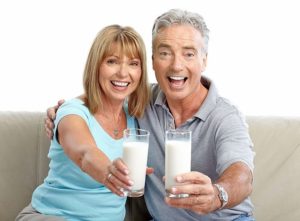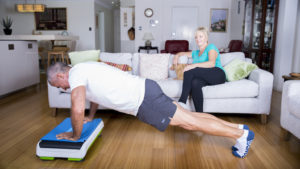10 Key Facts About Muscles and Bones

The human body consists of more than 600 muscles and all of them are involved in essential functions of the human organism, from pumping the blood through the arteries and veins (cardiac muscle) to helping you breathe (muscles of respiration) or move around and lift things (skeletal muscles).
No less than 206 bones form the human body, the strength of these tissues being 4 times greater than concrete’s strength. Together with muscles, bones ensure the normal functioning of the musculoskeletal system and help you maintain a healthy appearance and avoid accidents.
Given below are 10 must-know facts about muscles and bones – enjoy the read!
Bones facts
1. An adequate calcium intake maintains the bones strong and healthy. The lack of this micronutrient from one’s diet, correlated with a low level of calcium in the bloodstream, forces the body to pull calcium from the bones, and this leads to the weakening and thinning of the bone tissues. The result is a higher risk of osteoporosis and fractures. In the U.S., more than 10 million people are suffering from osteoporosis and an additional 18 million suffer from osteopenia (low bone mass).
2. Almost 98% of the bone mass is acquired by the age of 20. An adequate diet and regular physical activity are therefore crucial during teenhood and early adulthood, for ensuring the proper development of the bones.
3. Bone density peaks around the age of 30 and starts to decline as we get older. Lifting weights, doing bodyweight exercises, running, or practicing any form of physical activity that increases the load on bones can delay the loss of bone mass.
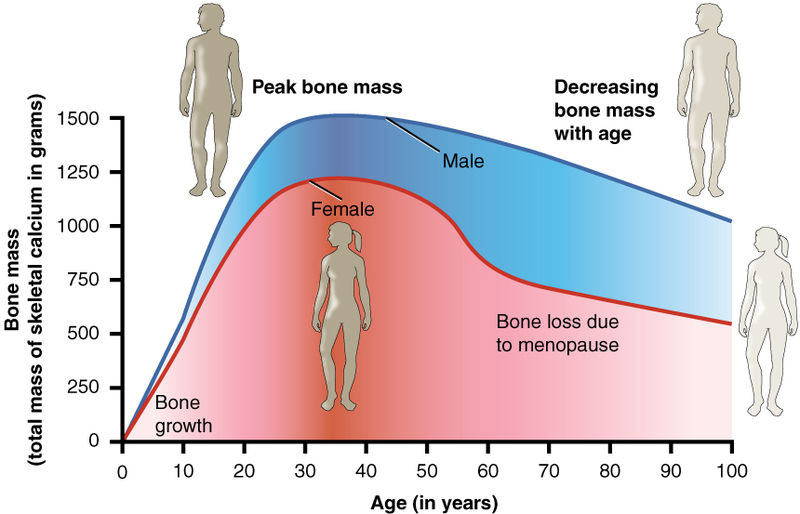
Anatomy & Physiology, Connexions Web site. http://cnx.org/content/col11496/1.6/, Jun 19, 2013. – OpenStax College
4. Bones are made of collagen, calcium and living bone cells, called osteoblasts and osteoclasts. Osteoblasts are constantly producing new bone tissue, while osteoclasts resorb it. Both these types of cells are needed for controlling the amount of bone mass and for bone remodeling after fractures.
5. A bone requires around 12 weeks to heal after a fracture. The most common causes of bone fractures are accidents, osteoporosis and overuse.
Muscles facts
6. The muscular system consists of three types of muscles: skeletal, cardiac, and smooth. The cardiac muscle controls the pumping of blood through the body and is an involuntary muscle. Smooth muscles are found in the digestive system and help in moving food along and in removing waste from the body. Smooth muscles form the walls of blood vessels, urinary bladder, and stomach, and are involved in the functioning of these organs.
Most of the skeletal muscles are attached to bones, their voluntary contractions ensuring the movement of the body. Some skeletal muscles are found around the eyes and are responsible for eye movement and focus, and others is located in the tongue and neck area.
7. Sarcopenia or the age-related loss of muscle mass starts around the age of 30 and accelerates around age 65-75. Changes in hormone levels, protein deficiency, and the lack of physical activity can speed up this process and affect muscles’ functioning and coordination. Physically inactive adults aged 30 and above can lose as much as 3%-5% of their muscle mass per decade.
8. In healthy adults, muscles make up for about half of one’s body weight, however, those who practice strength training can increase the amount of muscle mass and decrease the percentage of body fat.
This change in body composition is beneficial not only for building a leaner physique but also for keeping blood sugar levels under control and for preventing obesity and diabetes, as building stronger muscles increases the muscular tissues’ demand for glucose and prevents blood sugar levels from rising too much.
9. Every extra pound of lean muscle mass you put on can burn an additional 50 kcal per day. Muscles burn more calories than fat tissue, so the more muscle mass you put on, the higher your metabolic rate can get and the more calories you can burn during workouts as well as while resting.
10. Muscle cramps are caused by contracted muscles that don’t relax. When certain fibers of a muscle or the entire muscle contract involuntary, it is called a spasm. If the contraction lasts for several minutes they are called cramps and manifest as palpable, visible,, and painful hardening of those muscles. Calf muscles are the most likely to be affected by cramps.
Have something to add to this article? Comment below or join our Facebook community and share your thoughts with us!







